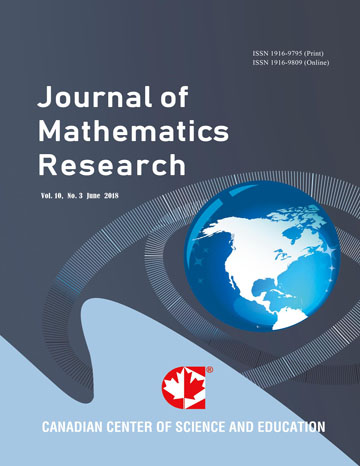Cognitive, Affective and Behavioral Components That Explain Attitude toward Statistics
- Arturo Garcia-Santillan
- Elena Moreno-Garcia
- Juan Carlos-Castro
- Jorge Zamudio-Abdala
- Julieta Garduno-Trejo
Abstract
The purpose of this research is to measure the students' attitude towards statistics. It was necessary to define a certain type of research subjects, so we chose higher education students from the economic-administrative and engineering areas that were taking statistics as a subject in both, public and private universities located in Veracruz - Boca del Rio metropolitan area. The instrument used was the Survey of Attitude towards Statistics (SATS), and we applied it to a sample of 116 students. The statistical technique used was an exploratory factorial analysis with an extracted principal component. The Statistics Hypothesis: $Ho: \rho = 0$ has no correlation, while $Ha: \rho \neq0$ does. Statistics test to prove: $\chi^{2}$, Bartlett's test of sphericity, KMO (Kaiser-Meyer-Olkin), Measure of sampling adequacy (MSA) with a significance level: $\alpha=0.01$; $ p<0.01$ Decision rule: Reject $Ho$ if $\chi^{2}$ calculated $>\chi^{2}$ tabulated. The results obtained from the Bartlett's test of sphericity, KMO (0.600), Chi square $\chi^{2}$ 74.146 $>$ $\chi^{2}$ tabulated, Sig. $0.00 < p 0.01$, MSA (USF 0.673; ANX 0.521; CNF 0.624; LIK 0.613 and MTV 0.523) provide evidence to reject $Ho$. Global results point out that usefulness and anxiety are the most significant components in measuring students' perception towards statistics. Evidence obtained was enough to reject the null hypothesis, thus we can infer that attitude can be measured based on the cognitive, affective and behavioral components.
 PDF
PDF
